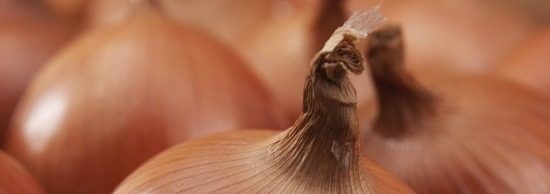Fusarium rot, fusarium foot rot
Host plants
A variety of host plants, including pepper (Capsicum annuum), tomato (Lycopersicon esculentum), carnation (Dianthus spp.), Asteracea spp., chrysanthemum (Chrysanthemum koreanum), conifer, cyclamen (Cyclamen spp.), freesia (Freesia spp.), lavender (Lavandula), robinia (Robinia spp.), primula (Primula spp.), sedum (Sedum) and flower bulbs.
Symptoms
Affected plants show signs of wilting and the stem will usually be completely rotten. A pinkish mildew may be visible. The wilting often starts on one side, causing the shoots to bend. The roots may be affected in varying degrees, depending on the Fusarium species.
Favourable conditions
Fusarium develops most rapidly at temperatures of approx. 27 °C and a pH value of less than 6.5. Wounded roots provide entry points for the spores.
Dispersion/survival
The fungus survives in the form of mycelium threads and/or spores on the outside of seeds and diseased plants. Infection occurs through damaged roots or direct infection of the foot of the plant. Some species grow in the vessels of the plant. The plant produces gum, blocking the vessels and causing the plant to wilt. Fusarium is dispersed by seed, wind, soil and plant debris (depending on the species).











